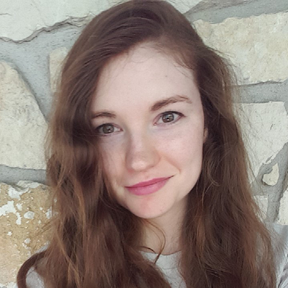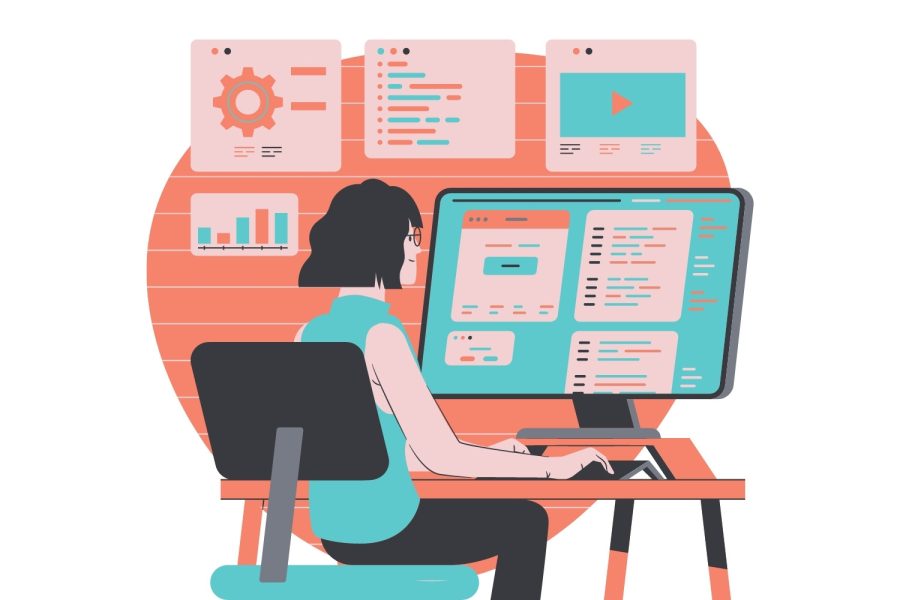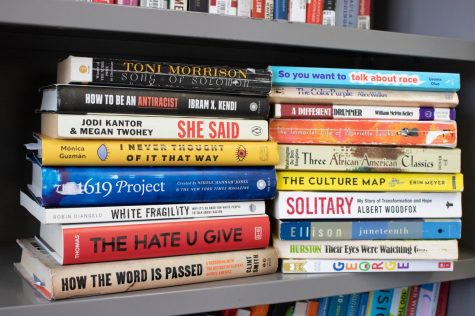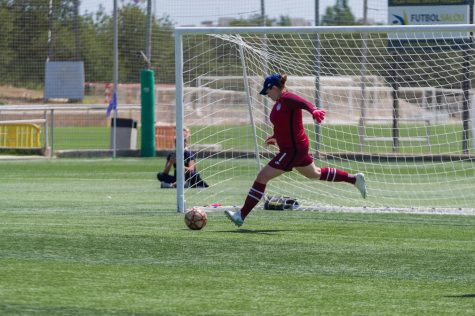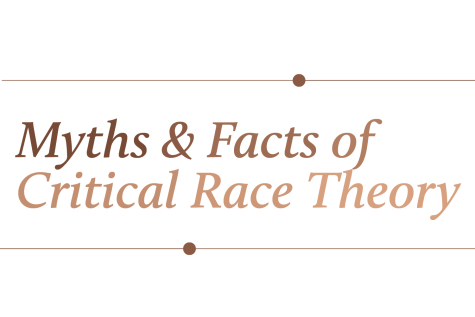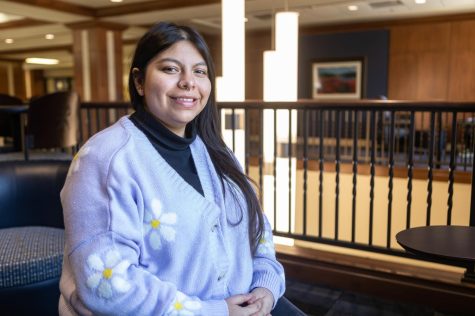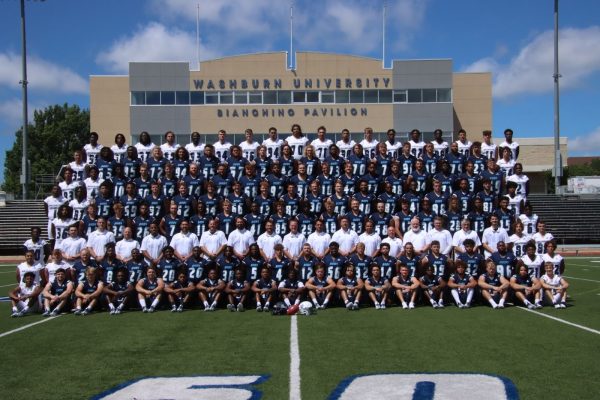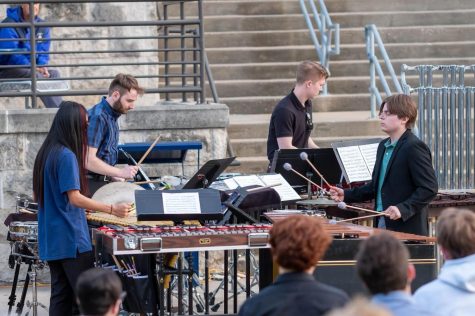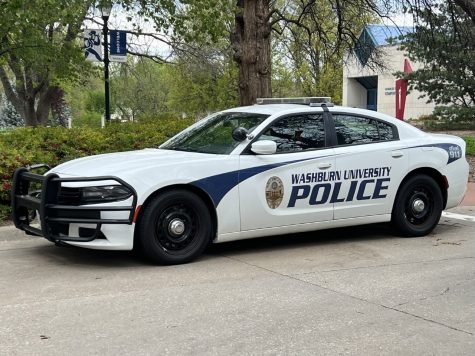Women in computer science
Indigo Magazine
Computer science is a growing career field with many job opportunities for those that pursue it.
The field is male dominated by 73.1%, but more women are starting to pursue science, technology, engineering and mathematics positions. Still, when it comes to representation in the workplace and at universities, women are still far from equaling the playing field. Washburn is no exception.
Nan Sun, professor of computer information sciences at Washburn University, says that she usually teaches classes that have very few women, if any at all.
“In the computer science department, faculty wise, I’m the only female faculty member, and sometimes when I teach classes I don’t have any female students,” Sun said.
This is a stark contrast to when Sun attended Washburn herself in 1994 for a degree in computer science.
“Back then, we had a lot of women. We had minority women from India, Pakistan and quite a few from China. So I never felt like I was the only one,” Sun said.
Sun would go on to earn a bachelor’s degree in computer science at Washburn, a master’s degree of software engineering at the University of Kansas and a doctorate in philosophy from the University of Kansas.
While some people might assume that the underrepresentation of women in this field is because of intimidation or not wanting to enter a predominantly male career field, Sun believes computer science is underrepresented by women because there is not enough exposure to programming classes in public schools.
“I think the public school systems don’t offer any true kind of computer science courses like programming, so people don’t have the exposure when they go through K-12 and the impression they get is kind of biased,” Sun said.
Sarah Campbell, a junior computer science major, agreed that a lack of exposure is a large factor when it comes to getting more women to join. Luckily for Campbell, her school had a web design class that inspired her to pursue coding.
“I think there is a lack of awareness of computer science when you’re in high school and you’re choosing your career path. It’s not a major anyone really pushes, or anyone makes available, because the classes are something not usually taught in high school. They are pretty rare,” Campbell said.
With few high schools in the Topeka area offering classes that focus on STEM, students have a misconception of what opportunities are available with coding knowledge. It can also be portrayed as tedious and boring by the media.
For Riley Delancy, a junior computer science major, the transition to Washburn made all the difference. As the daughter of a computer programmer, she had always known she would pursue the field. The culture at her high school did not make it easy though. Delancy made an effort to create a space for fellow female coders and encourage more women to give coding a try.
“Students in college are a lot more mature and make you feel welcome. In high school, the misogyny was pretty bad, so I started a Girls Who Code club,” Delancy said.
Despite the gender imbalance, women in the computer information science program at Washburn have commented on the welcoming environment. While they may be aware that they are outnumbered by men in every class, that hasn’t affected their outlook on their future in computer programming or their performance in the classroom.
“I’ve never felt that any of the professors or anyone has treated me differently because I’m a woman and I’ve never noticed them treating my female classmates differently. The professors at Washburn have been great. They don’t treat anyone different based on their gender,” Campbell said.
Campbell thinks it would be beneficial if STEM programs and colleges would reach out to girls in high school to talk about the field or offer scholarships to women. As computer science is more than just coding, a degree in this field could allow opportunities for careers as a project manager, data analyst, web designer or program tester.
Skyler Saunders, a senior computer science major, took a web design class in high school and started a robotics club to build a community of people that could help and support each other with coding. Saunders says that working with others helped her build confidence.
“I think the obstacles I have are maybe in my head, like thinking I don’t have as much experience as others,” Saunders said.
While change won’t happen overnight, it is the efforts of these young women and professors like Sun who will shed more light on the profession and motivate more women to join STEM.
“I had a really narrow view of what happens in the field,” Saunders said. “Now that I’ve taken a lot more computer science classes and am applying for jobs after I graduate, I can do anything. I think there is a spot for anybody.”
Your donation will support the student journalists of Washburn University. Your contribution will allow us to purchase equipment and cover our annual website hosting costs.
